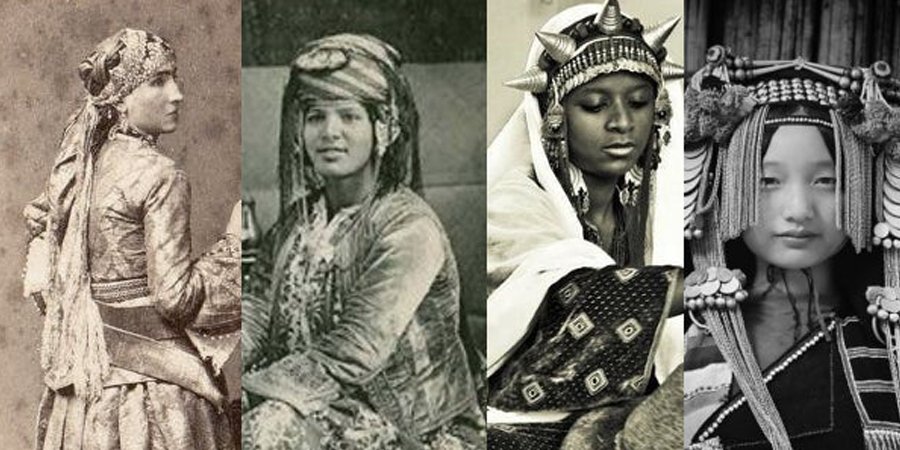Scarves Around the World: Cultural Variations and Traditions
Explore how different cultures use scarves, from the pashmina in South Asia to the hijab in Middle Eastern countries, and their significance.
Scarves hold a unique place in cultures around the world, serving various purposes—from fashion statements to symbols of identity and tradition. Here’s a look at some notable types of scarves and their cultural significance:
1. **Pashmina (South Asia)**
Originating from the Himalayas, pashmina scarves are made from the fine wool of the Changthangi goat. They are known for their luxurious softness and warmth. Traditionally, pashmina is worn as a shawl, often used during weddings and formal events. The intricate patterns and handwoven techniques also reflect the region’s rich artisan heritage.
2. **Hijab (Middle East)**
The hijab is a headscarf worn by many Muslim women as a form of modesty and religious expression. Styles vary widely between cultures, from the simple hijab to more elaborate variations like the Shayla and Al-Amira. Beyond modesty, the hijab can symbolize faith, cultural identity, and personal empowerment.
3. **Keffiyeh (Middle East)**
This traditional Arab scarf is often associated with Palestinian nationalism. Worn around the head or neck, the keffiyeh serves both practical purposes—protection from sun and dust—and cultural significance, symbolizing resistance and solidarity. The patterns can indicate regional identity as well.
4. **Bufanda (Spain and Latin America)**
In Spanish-speaking countries, the bufanda (scarf) is commonly worn for warmth. It is often part of traditional clothing during festivals or celebrations, such as the colorful scarves seen during flamenco performances. The bufanda can also serve as a fashion accessory, blending with contemporary styles.
5. **Obi (Japan)**
The obi is a wide belt or sash worn with traditional kimono, which can resemble a scarf in its decorative flair. The way an obi is tied can signify various meanings and occasions. It represents not only fashion but also Japanese aesthetics and craftsmanship, often showcasing intricate designs.
6. **Snood (Western Culture)**
In Western fashion, the snood is a versatile scarf that can be worn as a head covering or a neck warmer. Its modern iterations are often seen in casual wear, but historically, snoods have roots in the medieval period, where they were used to hold hair in place, symbolizing modesty and femininity.
7. **Shawl (Various Cultures)**
In many cultures, shawls function similarly to scarves but are typically larger and can be draped over the shoulders. For instance, the traditional South American poncho often incorporates shawl-like elements. In India, shawls made from wool or silk can be significant gifts and are often passed down through generations.
8. **Chador (Iran)**
The chador is a full-body cloak worn by many women in Iran. Unlike the hijab, it covers the entire body and is often associated with cultural and religious values. It emphasizes modesty and can also reflect the wearer’s personal beliefs and social identity.
9. **Turbans (South Asia and Middle East)**
While not scarves in the traditional sense, turbans function similarly, serving as both protection and cultural identity markers. In Sikh culture, the turban (dastaar) represents honor and spirituality, while in various Middle Eastern cultures, turbans can denote status and regional affiliation.
Conclusion
Scarves are more than mere accessories; they encapsulate the essence of cultural identity, social norms, and artistic expression across the globe. Whether used for practicality, tradition, or fashion, each scarf tells a story that connects the wearer to their heritage and community.

